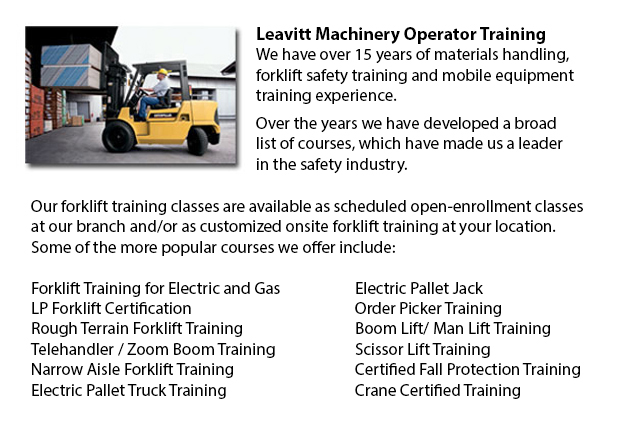
Aerial forklifts might be used to accomplish numerous unique tasks executed in hard to reach aerial places. Some of the odd jobs associated with this type of lift include performing daily upkeep on buildings with lofty ceilings, repairing phone and power cables, raising burdensome shelving units, and trimming tree branches. A ladder could also be utilized for many of the aforementioned projects, although aerial hoists provide more safety and strength when properly used.
There are many designs of aerial platform lifts available on the market depending on what the task required involves. Painters sometimes use scissor aerial jacks for instance, which are grouped as mobile scaffolding, of use in painting trim and reaching the 2nd story and higher on buildings. The scissor aerial lifts use criss-cross braces to stretch and enlarge upwards. There is a platform attached to the top of the braces that rises simultaneously as the criss-cross braces lift.
Cherry pickers and bucket trucks are a further version of the aerial hoist. Typically, they possess a bucket at the end of an extended arm and as the arm unfolds, the attached bucket lift rises. Forklifts utilize a pronged arm that rises upwards as the handle is moved. Boom hoists have a hydraulic arm which extends outward and hoists the platform. Every one of these aerial platform lifts have need of special training to operate.
Through the Occupational Safety & Health Association, also labeled OSHA, education courses are offered to help make sure the workers meet occupational principles for safety, system operation, inspection and upkeep and machine weight capacities. Workforce receive certification upon completion of the course and only OSHA certified workers should operate aerial lifts. The Occupational Safety & Health Organization has developed guidelines to uphold safety and prevent injury when utilizing aerial lift trucks. Common sense rules such as not utilizing this apparatus to give rides and making sure all tires on aerial platform lifts are braced so as to prevent machine tipping are observed within the rules.
Regrettably, data illustrate that in excess of 20 operators pass away each year when operating aerial lifts and 8% of those are commercial painters. Most of these mishaps are due to improper tire bracing and the lift falling over; therefore some of these deaths were preventable. Operators should ensure that all wheels are locked and braces as a critical safety precaution to prevent the instrument from toppling over.
Other suggestions involve marking the encircling area of the machine in a visible manner to safeguard passers-by and to guarantee they do not come too close to the operating machine. It is vital to ensure that there are also 10 feet of clearance among any electrical lines and the aerial hoist. Operators of this equipment are also highly recommended to always have on the proper security harness while up in the air.
-
Doosan Forklift
Doosan Infracore Company Ltd. is a transnational establishment consisting of Diesel Engines, Defense Industry goods, Industrial Vehicles, Construction Equipment and Machine Instruments and Mechanization Systems. In the United States, Doosan Infr... More -
JLG Telehandler
After retiring in the late 1960's, John L. Grove started out on a cross country RV trip. After spending many years establishing his family built crane business with his brother, John had no idea that this journey would bring about the rise of JLG Ind... More -
Boom Lifts
Boom Lifts are a table lift mechanism that can be lifted or lowered to differing heights, making this apparatus a functional instrument for various industrial functions. There are some unique kinds of Boom Lift consisting of knuckle booms, scissor pl... More -
Terex Forklift
Terex Forklifts takes great pride in producing quality equipment that helps better their customers' efficiency while standing by their goal to offer a cost effective yet consistent product line. Through many divestures and acquisitions planned to exp... More -
Komatsu Forklift
Komatsu Forklift U.S.A. Inc. has an outstanding reputation for building dependable and resilient lift trucks. Komatsu is recognized around the world as a business with a rich heritage while preserving an outstanding standard of refinement and quality... More

Forklift Training Red Deer
TOLL FREE: 1-888-254-6157
Red Deer, Alberta
forklifttrainingreddeer.com
Email Us
About Us


